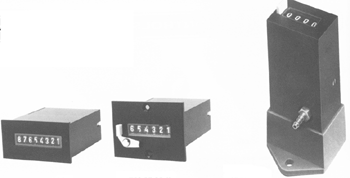1-800-221-0714
Basic Principles of Pneumatic Control
Pneumatic control systems are designed as pneumatic circuits. These circuits are formed with various components like pneumatic valves, cylinders, and directional control valves. A pneumatic circuit has two primary functions:
- Using one valve to control other valves
- For controlling the release and injections of compressed air inside a cylinder
When creating a pneumatic circuit diagram, individuals must follow some basic rules. These rules include:
- A diagram must represent circuits in static form while assuming there is not a supply of pressure. Placing pneumatic components on the circuit functions as the assumptions.
- One or more squares form pneumatic symbols for directional control valves. Exhausts and inlets should be drawn underneath squares, and the outlet is put on top. Each specific function of a valve should be represented by a square. Arranging squares horizontally happens when there are two functions or more.
- Arrows are drawn to represent the flow of direction for air current. When internal parts are not connected with external ports, a T symbol should be used. The symbol ⊙ is used under squares and represents air inputs. The symbol ▽ is used to show exhausts.
- All pneumatic symbols (of operational components) should be put on the outside of squares. Typically, they are divided into two classes—manual and mechanical.
Pneumatic Controls
Pneumatic control systems are designed as pneumatic circuits. These circuits are formed with various components like pneumatic valves, cylinders, and directional control valves.
For more information on designing pneumatic control systems and using pneumatic valves, you should give our team a call today.
Related Reading:
- Services We Offer
We proudly offer a complete line of pneumatic control devices. Besides providing tools, we can also help you to determine the best parts for your system and your operation.
- Pneumatic System Parts
- Why Use Pneumatic Timers Over Electrical Timers?
- Why are Directional Flow Control Valves Used?


- Ellis/Kuhnke Controls
132 Lewis Street Unit A-2, Eatontown, N.J. 07724
Phone: 1-800-221-0714
Fax: 732-291-8154
Email: Info@ekci.com
- Home Pneumatic Controls Technical Info CAD Drawings Contact Us Pneumatic Timers Blog Site Map
If you are looking for Pneumatic Controls, Pneumatic Valves then look no further than Ellis/Kuhnke Controls.
